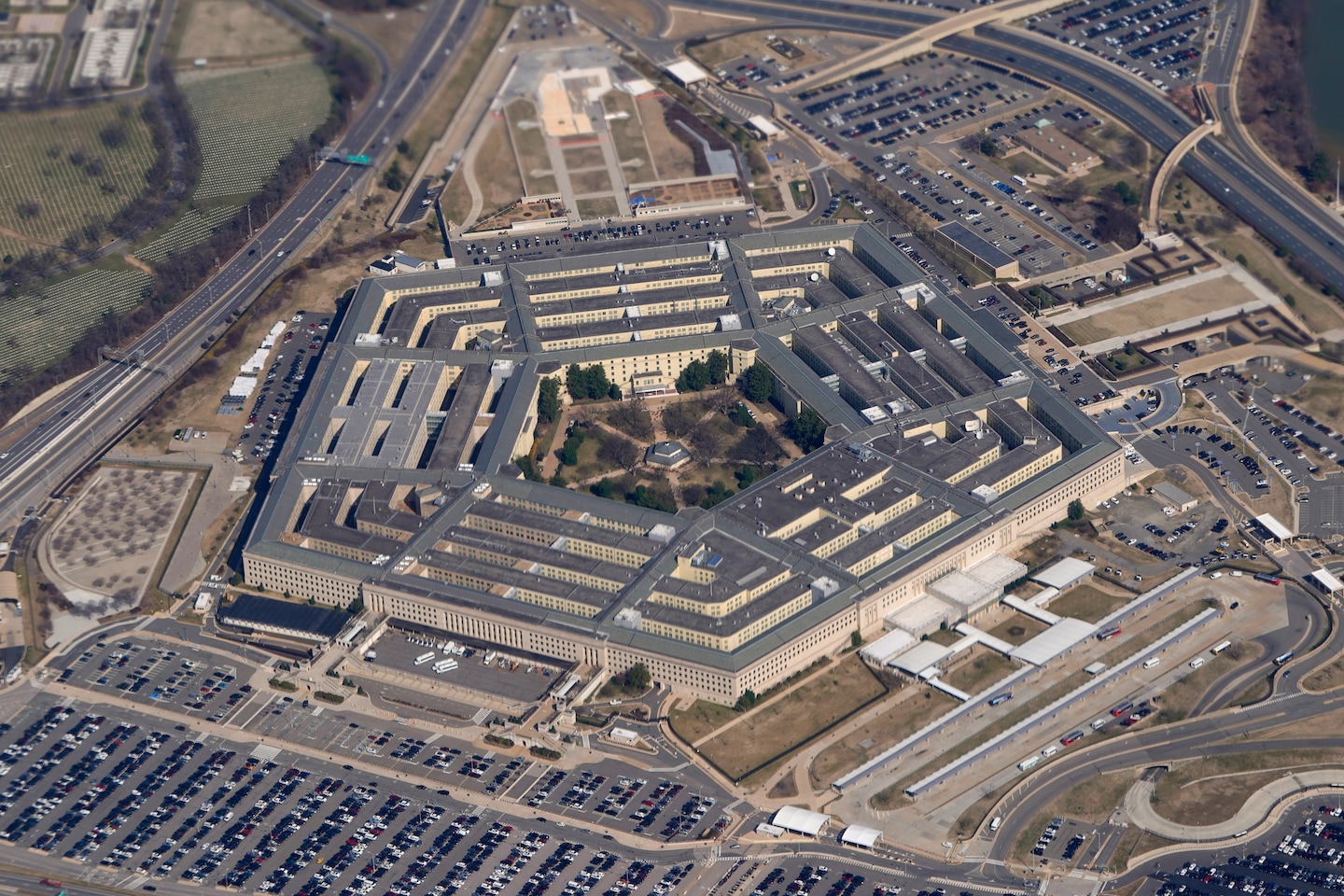Following the global excitement surrounding the introduction of ChatGPT and AI image generators, concerns have arisen among government officials regarding the potential misuse of these technologies. The Pentagon has initiated discussions with leaders in the tech industry to expedite the exploration and deployment of valuable military applications.
The general consensus is that the advancement of artificial intelligence technology could revolutionize military operations, but thorough testing is essential to ensure its reliability and resilience against potential vulnerabilities exploited by adversaries.
Craig Martell, the head of the Pentagon’s Chief Digital and Artificial Intelligence Office (CDAO), addressed a crowded audience at the Washington Hilton, emphasizing the importance of striking a balance between rapid implementation of cutting-edge AI technologies and prudent caution. He highlighted the widespread desire for data-driven decision-making, noting the eagerness to embrace innovative solutions.
The remarkable capability of large language models (LLMs) like ChatGPT to swiftly analyze vast amounts of data and distill it into concise summaries presents promising opportunities for military and intelligence agencies grappling with the overwhelming volume of digital intelligence available today.
U.S. Navy Capt. M. Xavier Lugo, the mission commander of the generative AI task force at the CDAO, stressed the significance of reliable summarization techniques in managing the influx of information, particularly in dynamic operational environments.
Experts suggest that LLMs could be utilized in various military applications, including officer training through advanced war-gaming simulations and aiding real-time decision-making processes.
Despite the versatility of LLMs, a significant challenge lies in their tendency to generate inaccurate information, referred to as “hallucinations.” Addressing this issue remains a top priority for industry professionals.
The establishment of Task Force Lima by the CDAO, focusing on generative AI technologies, underscores the commitment to responsible deployment within the Pentagon. The task force’s scope has expanded beyond LLMs to encompass image and video generation capabilities.
While LLMs show promise, further refinement is necessary before they can be reliably employed for critical tasks. Concerns have been raised about potential biases and inaccuracies in the responses generated by these models, highlighting the need for continued development and testing.
The symposium also touched on cybersecurity challenges associated with AI systems, ethical considerations in defense applications, and the integration of AI technology into daily military operations. Classified briefings are scheduled to delve into the National Security Agency’s AI Security Center and the Pentagon’s Project Maven AI program, showcasing the ongoing efforts to leverage AI advancements in the defense sector.










